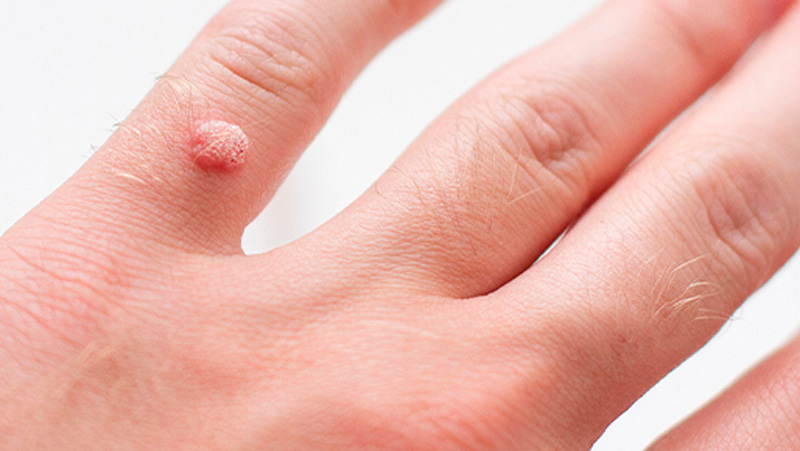Introduction:
Warts, caused by the human papillomavirus (HPV), come in various forms, each presenting a unique appearance and distinct characteristics. Through a visual exploration of pictures, we unravel the diverse types of warts pictures, shedding light on their individual features, locations, and potential complications.
Common Warts (Verruca Vulgaris):
Common warts are characterized by their raised, rough texture and a cauliflower-like appearance. In pictures, these warts often manifest on the hands and fingers, showcasing their resilience and the potential for clustering in groups. The granular surface and irregular edges of common warts are distinctive features that set them apart from other types.
Plantar Warts:
Plantar warts are found on the soles of the feet, and their pictures reveal a flattened appearance due to pressure from walking. These warts may have black dots, referred to as “wart seeds,” which are actually clotted blood vessels. The images of plantar warts highlight their resilience and the discomfort they can cause, especially when located on weight-bearing areas of the foot.
Flat Warts (Verruca Plana):
In contrast to common warts, flat warts have a smoother, flatter appearance. The pictures showcase these warts on areas with thin skin, such as the face, neck, and backs of the hands. Their relatively inconspicuous nature can make them challenging to spot, emphasizing the importance of visual familiarity in identification.
Filiform Warts:
Filiform warts, seen in pictures, stand out with their thread-like or finger-like projections. These elongated warts often appear on the face, particularly around the eyes, nose, and mouth. The distinctive appearance of filiform warts makes them recognizable, and their location adds an additional layer of complexity to their management.
Periungual Warts:
Pictures of periungual warts reveal their affinity for developing around the nails. These warts can be particularly bothersome as they may interfere with nail growth and cause discomfort. Images showcase the potential for periungual warts to manifest as rough, irregular growths around the nail bed.
Genital Warts (Condyloma Acuminata):
Genital warts are a specific type of HPV infection that affects the genital and anal areas. Pictures of genital warts emphasize their varied appearance, ranging from small, raised bumps to larger, cauliflower-like clusters. The images highlight the importance of seeking medical attention for proper diagnosis and management of genital warts.
Visual Aid in Diagnosis:
Pictures play a vital role in aiding individuals and healthcare professionals in the diagnosis of different types of warts. By familiarizing themselves with the distinct characteristics of each type, individuals can better understand the nature of their skin condition and make informed decisions about seeking medical advice.
Conclusion:
Through a visual journey into the world of warts, we gain insights into the diverse manifestations of this common viral infection. Pictures serve as a valuable educational tool, allowing individuals to recognize and differentiate between various types of warts pictures. While visual identification is a helpful first step, consulting with a healthcare professional for an accurate diagnosis and appropriate treatment remains essential for effective wart management.

